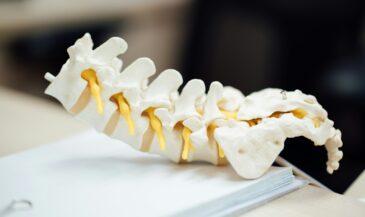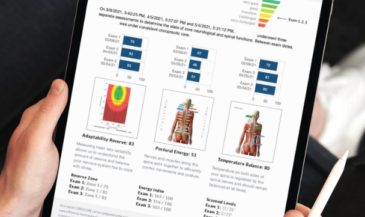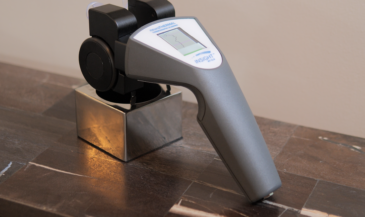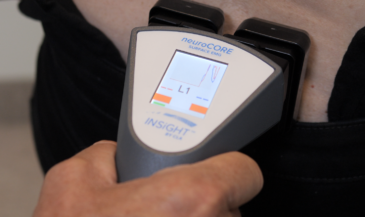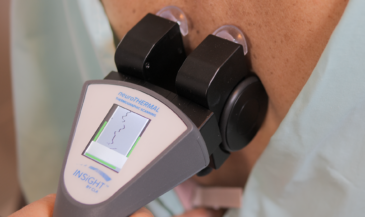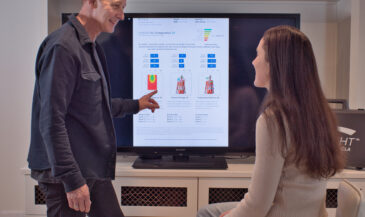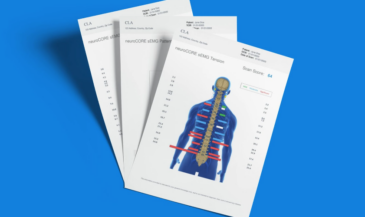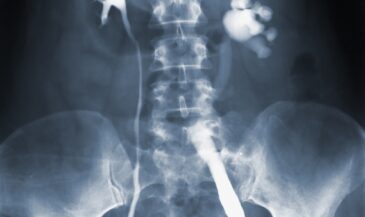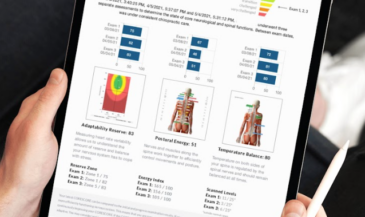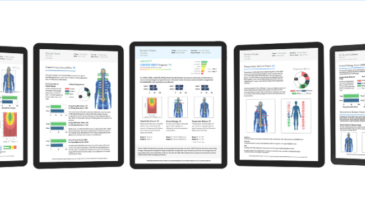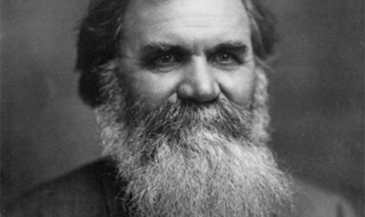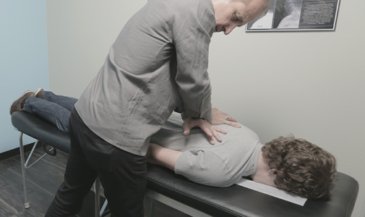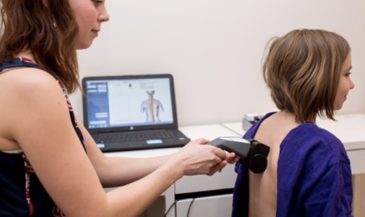By Dr. Christopher Kent
The 21st-century chiropractor is faced with many challenges. As noted in a recent article, “With increasing frequency, subluxation based doctors of chiropractic are being accused of wrongdoing merely because they refuse to compromise their chiropractic principles by adopting the medical model of disease care. In court and before their own licensing boards they are being forced to defend themselves for having, as their practice purpose, the detection and correction of vertebral subluxation.” [1]
Thankfully, DCs who focus on subluxation and wellness care have a resource to defend themselves: the Council on Chiropractic Practice (CCP) guideline. The guideline is a compilation of the best available evidence concerning the detection, management, and correction of vertebral subluxation. It serves as a tool to empower DCs with the information needed to develop more effective clinical strategies, and objectively assess functional and clinical outcomes. The document also provides chiropractors with the intellectual ammunition needed to defend their practice style when challenged by regulators, policy makers, and in court proceedings.
The CCP was born in 1995, with an historic conference held in Phoenix. The meeting was attended by an interdisciplinary assembly of distinguished chiropractors, medical physicians, basic scientists, attorneys, and consumer representatives. CCP is an apolitical, nonprofit organization. It is not affiliated with any other chiropractic association. The CCP represents a grass roots movement to produce practice guidelines which serve the needs of the consumer, and are consistent with “real world” chiropractic practice. The mission of the CCP is “To develop evidence based guidelines, conduct research and perform other functions that will enhance the practice of chiropractic for the benefit of the consumer.”
The chiropractic guideline document, “Vertebral Subluxation in Chiropractic Practice,” produced by the CCP was reviewed by an independent research agency (ECRI) which is a Collaborating Center of the World Health Organization (WHO). Based on this review, it was accepted for inclusion in the National Guideline Clearinghouse (NGC), a public resource for evidencebased clinical practice guidelines. NGC is an initiative of the Agency for Healthcare Research and Quality (AHRQ), US Department of Health and Human Services. NGC was originally created by AHRQ in partnership with the American Medical Association and the American Association of Health Plans, now America’s Health Insurance Plans (AHIP). [2]
The CCP and its official published documents were accepted for inclusion in the Healthcare Standards Database and the printed version of the Healthcare Standards: Official Directory. Healthcare Standards (HCS) is a comprehensive list of published standards, guidelines recommendations, position papers, policy statements, technology assessments, and other authoritative documents. ECRI is the WHO’s official health care standards and guidelines archive. HCS is used daily in legal and clinical settings by a wide variety of medical and legal professionals such as: risk managers, litigators, paralegals, legal nurse consultants, medical and legal librarians, patient safety officers, biomedical engineers, insurance carriers and more. [3]
Those interested in learning more about the guideline development process are encouraged to visit http://www.ccpguidelines.org This site describes the process, which involved more than 200 DCs in 12 states, and a review and quality assessment of thousands of scientific papers, book references, monographs, and symposia proceedings. The website also contains the full text of the guideline documents, available for free download.
Why are guidelines for vertebral subluxationcentered and wellness care necessary? In a survey of North American chiropractors completed by the Institute for Social Research at Ohio Northern University and published in 2003, it was reported:
- 88.1% of chiropractors stated that the term “vertebral subluxation complex” should be retained.
- 89.8% stated the adjustment should not be limited to musculoskeletal conditions.
- 93.6% recommend maintenance/wellness care. [4]
The purpose of these guidelines is to provide the doctor of chiropractic with a “user friendly” compendium of recommendations based upon the best available evidence. It is designed to facilitate, not replace, clinical judgment.
As Sackett wrote: “External clinical evidence can inform, but can never replace, individual clinical expertise, and it is this expertise that decides whether the external evidence applies to the individual patient at all and, if so, how it should be integrated into a clinical decision. Similarly, any external guideline must be integrated with individual clinical expertise in deciding whether and how it matches the patient’s clinical state, predicament, and preferences, and thereby whether it should be applied.” [5]
The most compelling reason for creating, disseminating, and utilizing clinical practice guidelines is to improve the quality of health care. The CCP guideline is now in the process of its third major revision, due in 2008. To date, CCP has relied largely on volunteer efforts and donations from committed chiropractors with a vision. CCP now needs your help to produce the 2008 revision. As a 501 (c) 3 taxexempt nonprofit organization, donations to CCP are tax deductible as provided by law.
When challenged by regulators, policy makers, or in courtroom proceedings, where will you find the resources to defend your practice? If your vision of chiropractic embraces lifetime, subluxationbased wellness care, you need CCP. We look forward to having you join us, to preserve our sacred trust.
References
1. “Defending yourself in court or before your board.” The Chiropractic Journal. November 2006.
2. http://www.ngc.gov
3. http://www.ecri.org/About_ECRI/About_ECRI.aspx
4. McDonald et al. “How Chiropractors Think and Practice.” The Survey of North American Chiropractors. Institute for Social Research. Ohio Northern University. 2003.
5. Sackett DL: Editorial. “Evidencebased medicine.” Spine 1998;23(10):1085.


















